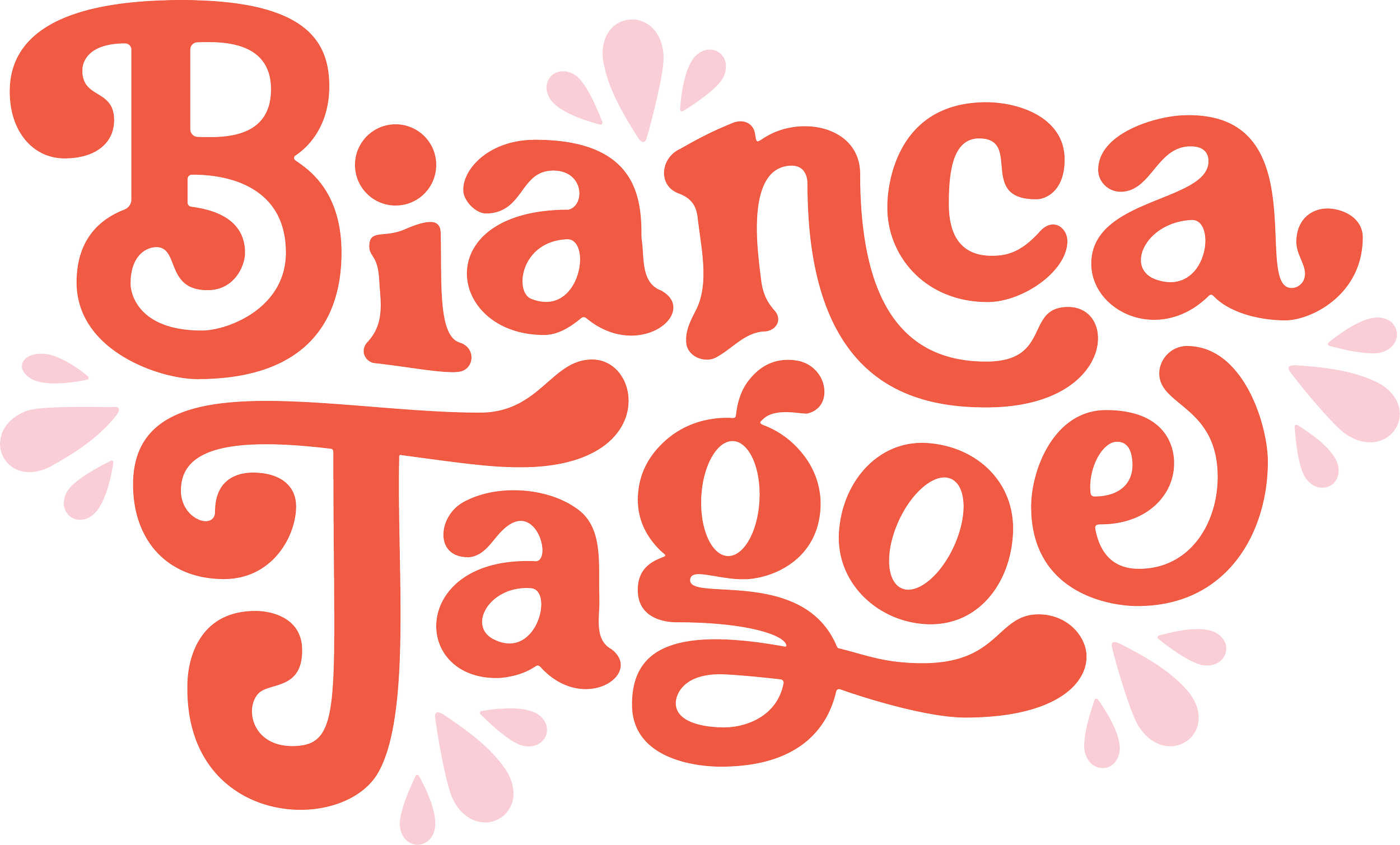Prints | Woodcuts

Over the past two weeks I've been doing a Summer school unit at my art school. I've been really looking forward to going back to uni to finish my degree - next semester I'll be going three days a week for three hours. Summer school units are great because you can do one whole university unit in two weeks, intensively. Two Summers ago I took a book making unit which I loved (posted about here and here). This Summer I took a subject called 'The New Woodcut'. Our teacher, printmaking artist David Marsden, was a lot of fun and I got a lot out of the unit. I had taken one of his printmaking units in 2012 and this subject was similar but more focused. I didn't really come up with a theme for my work until the end of the first week but had fun playing around in the meantime. Our student contribution for the subject was $100* which I thought was a bit steep at first, but it covered access to the laser cutter in the architecture building which would usually cost at least $100 per hour to use (one of my boards took 76 minutes to cut alone!).


I decided I wanted to make a zine and for it to have a supermarket theme, based around the hundreds of shopping lists I had collected while working at my old job. I wrote 2 dozen haikus based on my experiences working there (I used to write down notes when interesting things happened). I illustrated some of the shopping lists in Photoshop and then printed them out and transferred the images to my MDF blocks and carved them by hand. I found that my carving got a lot better as the class went on - initially I would try to make really big, deep cuts, which ended up being quite messy and imprecise and would slip. I watched a video of American artist Thomas Shahan's process and noticed his really lovely, light, shallow cuts and the way that he holds his tools with two hands - his left low down on the tool to direct it and the right hand high on the tool pushing up and down.



I used the laser to cut a couple of images and the text for the zine - however because they were so intensely detailed, it was very difficult to ink them without ink getting on parts of the boards I didn't want inked. The interference from the ink ended up being something I kind of liked in the end - giving it a smudgey, DIY, ziney style.
I was so happy to make another zine - it has been 4 years since I last made one! I made this one pretty quickly and I'm pretty happy with it but I'm going to keep trying to develop it a bit more before I put them online to sell. If you'd like to buy a copy (should only be a couple of bucks), leave me your email address in a comment and when they're finished I'll let you know :)

+ I used a sewing machine in the textiles studio to sew some colourful binding.

+ Some extra prints that didn't end up in the zine.



+ My work set up for marking. Right at the end I decided to try making a tea towel, which I really liked the idea of, but I think I'd probably screen print if I made some more in the future.

+ These two photos were taken by Linda Riseley.
At the end of the subject we had our work marked and today we had our exhibition with all of the other Summer school units. My uni has some pretty awesome summer school units like furniture making, jewellery, metalwork, painting, textiles, drawing and theatre - which anyone can take (uni students have the fees deferred, but anyone can sign up and pay the course fees). I'll do another post with some pictures of the exhibition.
*NB. For those wondering, the $100 is a consumables fee for materials we use during the course. The actual course fees are something like $500 - $800, but in Australia, most people defer their university education fees and eventually pay them off incrementally (something like 4% of your earnings to begin with) once you start earning over $51,000 dollars a year (which for most people I know, including my mum, they still haven't had to start paying theirs off yet, or pay a very small amount each year with their tax). And of course, if you pass away, your debt is cancelled and doesn't get passed on to anyone. This system means that finances should never be a deterrent for anyone seeking out an education in Australia. I know that without this system, it's very likely I might not have been able to go to university.

